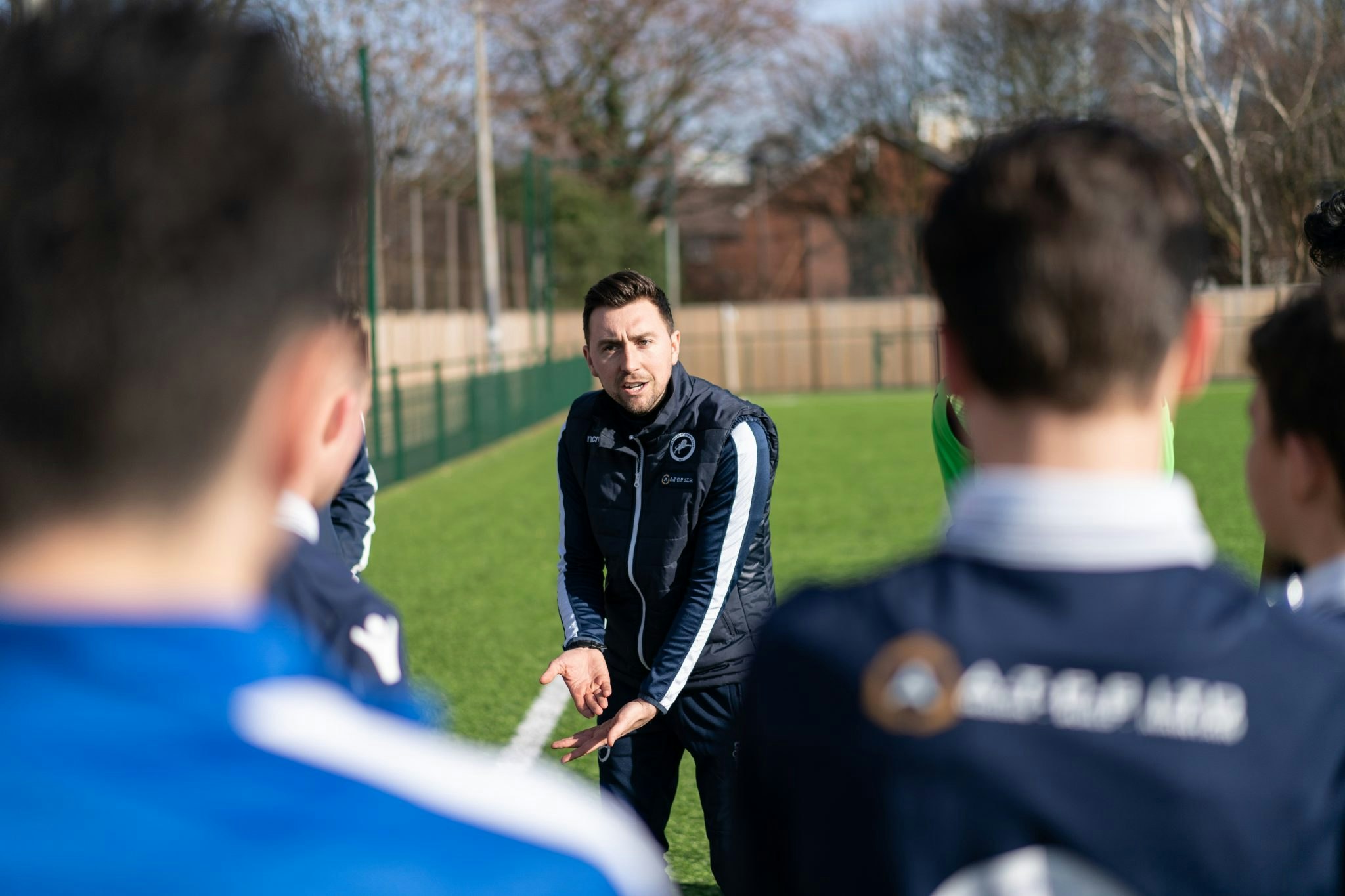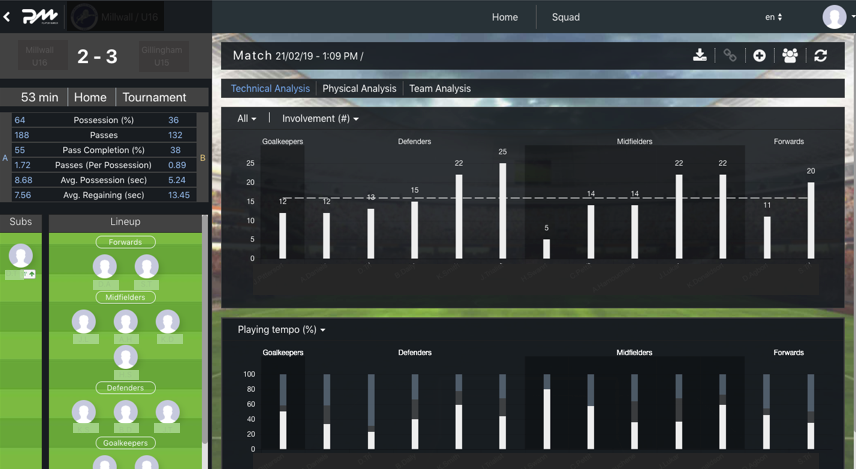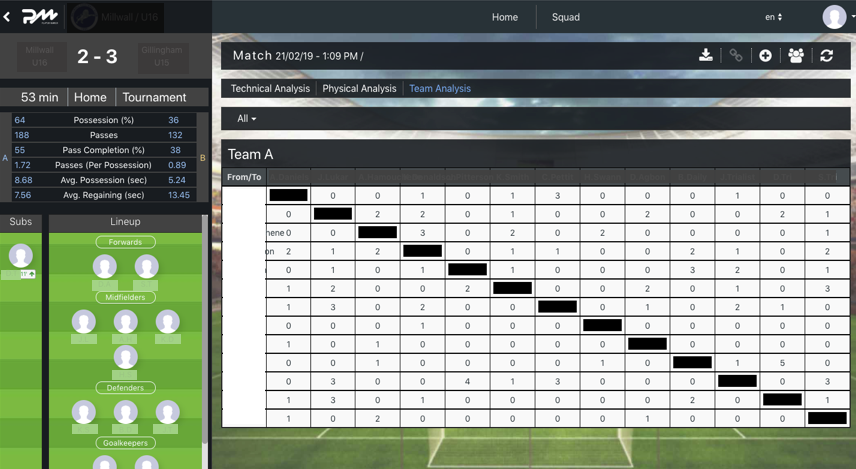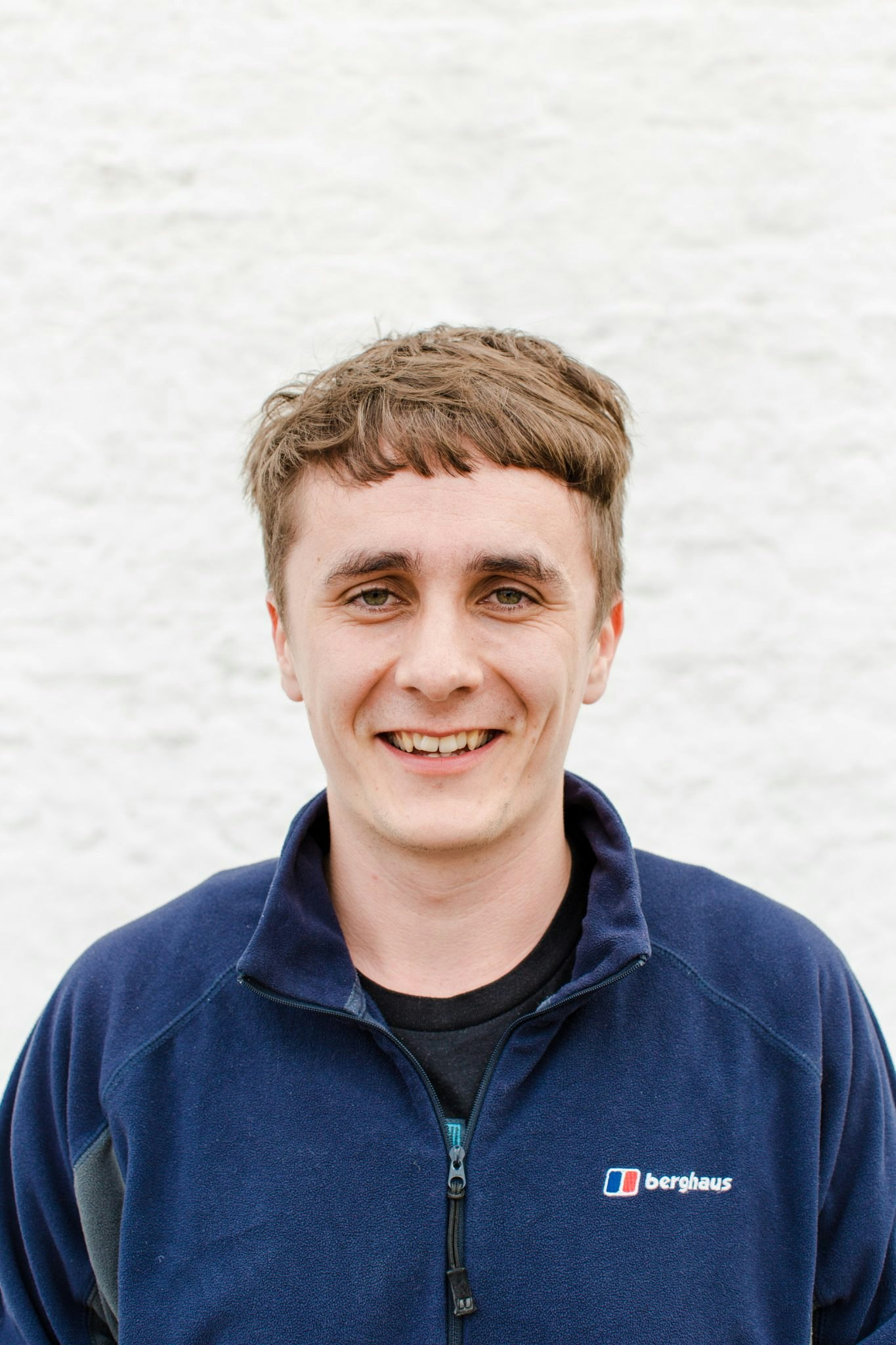The UK’s youth Millwall football team has a fancy new piece of kit to play with: boots fitted with sensors which tell them how hard they’re running, how fast they’re running and most importantly, how many touches they make.
It works wonders with the “lazy” players, says their coach Daniel Mlinar, who Sifted met on the sidelines of a match last week. Following a training session or game, each player is presented with a breakdown of how he has performed. Any slacking is immediately visible.
“Instead of just telling that player who looks lazy, ‘you're not running enough’, we can actually tell him: 'this is how much you run, this is how much of that is high-intensity distance'”, says Mlinar.
But it’s also good for the wider team strategy, says Milnar, who is trying to refine squad tactics in an increasingly competitive game. “The tech allows us to be more scientific with when we do each training session and why,” he explains.
“We track ball touches in training sessions and link specific drills with the physical outcomes we get from them and the physical returns. If we train over small, medium or big areas, how many touches does that give us? What physical outcomes does that give us? Then we can work out how many times the boys should be playing different types of sessions.”
PlayerMaker
The Millwall youth team — and the club as a whole — are using tech from a small UK-Israeli startup with big dreams called PlayerMaker.
On a cold but bright day in south London, they strap the sensors onto their boots and run out to play their first competitive match using the technology against the Gillingham FC youth squad.

For PlayerMaker these early Millwall games are a big deal, the first step on their plan to get their technology into boots of players in elite football clubs across Europe — they dream of Man United, Barcelona and AC Milan.
There are other companies doing performance data for football teams. But PlayerMaker thinks it has something different to offer.
Europe’s professional clubs today collect data using GPS technology to track players, and there are a number of companies providing the hardware and analytics dashboards (see company comparison) to track players’ performance.
But PlayerMaker has a different approach. Instead of GPS, footwear sensors strapped onto players’ boots pick up precise data not only on speed and distance but also on ball touches and interactions on each foot. It may sound like a small difference, but this addition opens up a whole new world of tactical insights for players and their coaches, says the company.
Location, location, location
There’s one key measurement PlayerMaker’s tech does not know: a player’s location. The sensors pick up hoards of information about a player’s movements and interactions, but it doesn’t know where they are on the pitch, what direction they are moving in, or where they are relative to other players.
This is what rival GPS technology is best at. Other products, like Catapult’s suite of GPS-based wearable sensors, are fundamentally location-trackers, with additional tech like accelerometers and gyroscopes also built in to supplement GPS location data with speed and motion data.
PlayerMaker very intentionally decided to focus its skills and expertise elsewhere.
Understanding players’ geographical movements is all very well, but to be useful at a tactical level, coaches need to know how player location relates to ball location, says PlayerMaker chief operating officer Yuval Odem.
Afterall, possession of the ball and what teams do with it are the most strategically valuable insights. The only way for football clubs’ data analysts to do this at the moment is via a manual process linking location data to video data showing the ball’s movement.
On the other hand, PlayerMaker’s sensors automatically detect ball touches by individual players’ feet, and so the process of distinguishing ball activity from non-ball activity is also automatic and ready for coaches to view on a tablet within five minutes of a match or training session. The data also generates a “passing network” showing relationships of passes between players, something that Mlinar says is the most valuable insight.
It took two years of biomechanical research for Odem and team to develop the hardware to track ball touches, and then “teach” machine learning algorithms to automatically recognise and tag game events, like ball passes, pass completion and regains if a player loses possession, and derive more complex statistics like game involvement.

The next step is to develop the sensor to detect biomechanical load through each foot. Like ball-touch detection, this could be another competitive edge for PlayerMaker, says Odem, since rivals use GPS sensors attached to players’ legs or backs rather than on their feet, so do not have the same opportunity to leverage new scientific research calculating impact and pressure through the foot.
Odem’s team are partnering with St Mary’s University in London on this research. He says: “We are working on future developments related to biomechanical load; this is something that only we can provide. This could be huge for preventing injuries and for rehabilitation because we can really detect the impact on the lower limb. That is the future and it is all through the same sensor.”
Just like the limitations of GPS tracking, which is unreliable for indoor training and tells a coach nothing about ball interactions, PlayerMaker’s tech also has certain blind-spots. Goals are not automatically detected, or any interactions not directly resulting from foot activity. An extra data source, namely visual footage, is needed.

“You only get foot interactions so there are little bits that fall through the cracks,” acknowledges Millwall coach Mlinar. “If someone makes a header to pass to another player, that won't count in the pass stats. You don't get goals and assists and you don't get the direction of movement. But that is where you can watch the game back on video and make more of the stats.”
Video integration has been a significant focus for PlayerMaker to plug the information gaps. Using timestamps or start-of-movement data points, analytics from the foot sensors are automatically mapped to video footage, allowing coaches like Mlinar to pull up video clips of specific events in the data.
The final piece of the puzzle is still location and direction data. Since this is already being done effectively and implemented at professional clubs, it would make sense for PlayerMaker to avoid reinventing the wheel. But Odem is tight-lipped on whether there are active plans to partner with any of the existing GPS monitor providers.
The big league
In 2015, FIFA approved the use of wearable tracking devices during matches and began to create a “Quality Programme for Electronic Performance and Tracking Systems”. Since then, football commentators have attributed successes of teams like Leicester City in the English Premier League and the German national football team in the World Cup.
PlayerMaker is getting in on this action, with a product specifically designed to detect outliers for talent management and optimise performance for competitive professional clubs. In its first season after going live, PlayerMaker is already signing more and more clubs, with Fulham FC and the Welsh national football team coming onto their book this year.
For a small, Israeli company, getting into the big league has not been easy.
“Elite clubs are the most challenging customers to choose,” Odem says. “Selling immediately to Manchester United is like a new company going to sell to a big corporation, the biggest name in the business. But this is what allows us to build our brand and the right product.”


